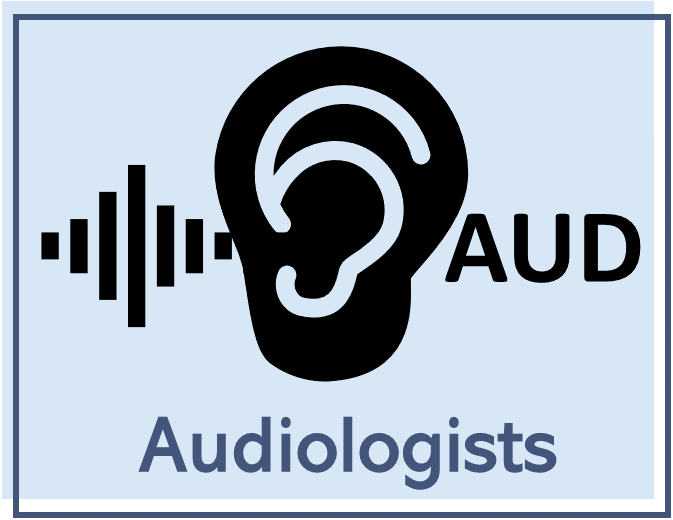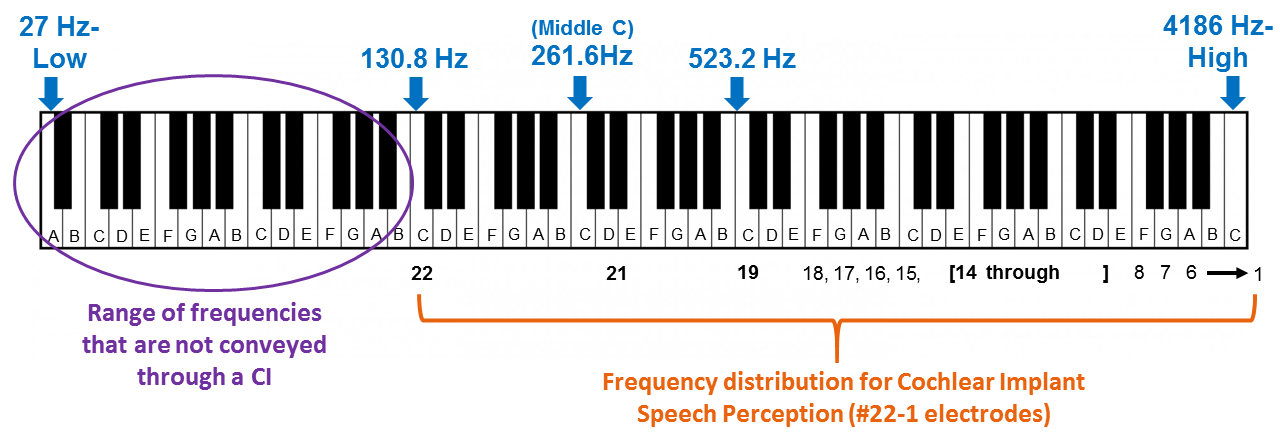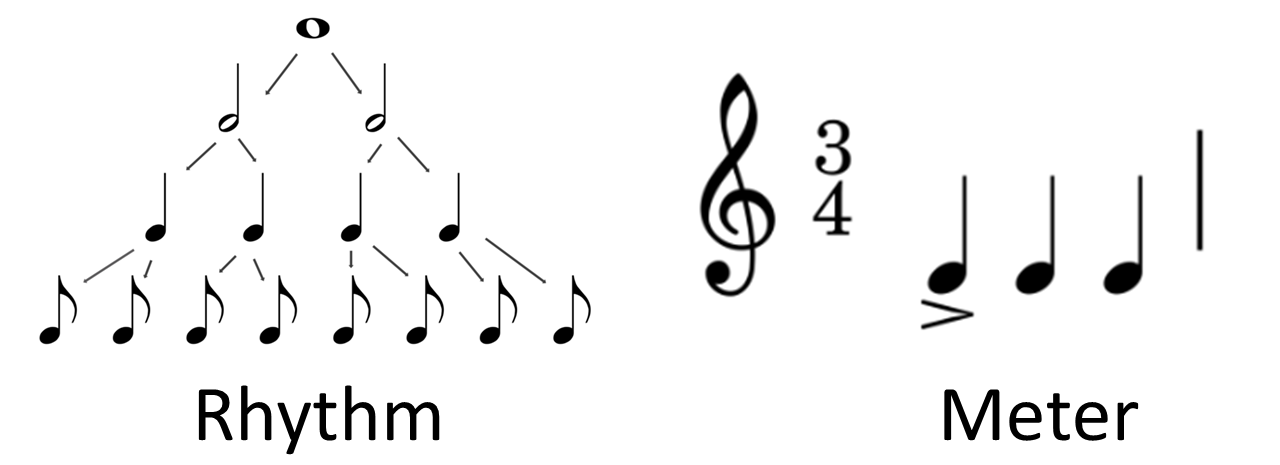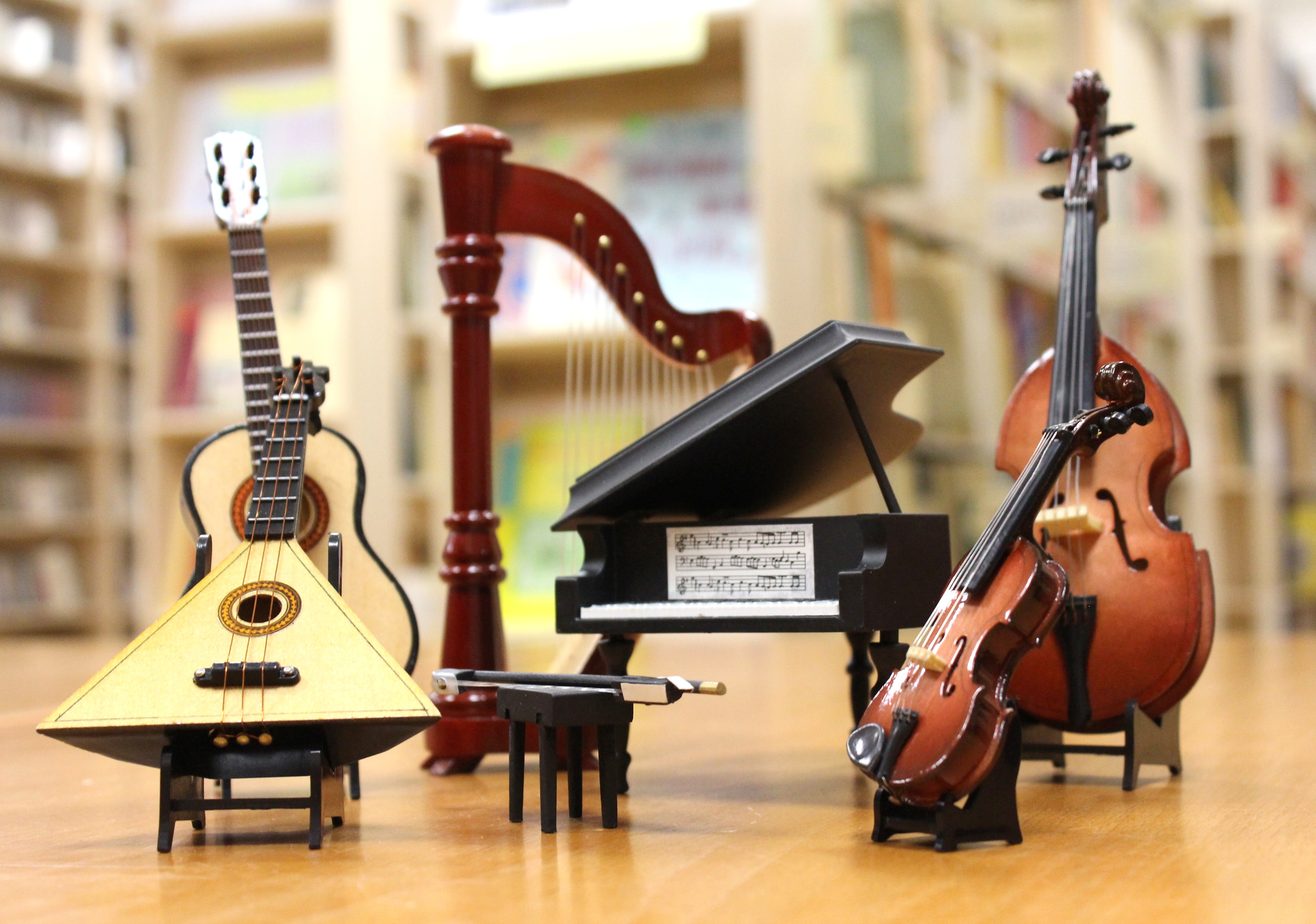See also: Articles on Music, Hearing Loss, and Hearing Devices 
As you read this website, keep in mind the following:
-
People with hearing loss can differ in many ways.
-
Some information may be more applicable.
-
Pick and choose the information most useful for you.
CI Technology and Music: Music Perception and Enjoyment:
Information for Audiologists
What is music perception and enjoyment like? Can music enjoyment be improved?
-
Some generalizations are possible, but different implant users do experience music differently.
-
Some CI users enjoy some music through their CI; others experience considerable frustration and disappointment.
-

1, 2
Audiologists need to help patients with realistic expectations and individualized care for music as well as for spoken communication.




Why is satisfactory music listening important to many CI users?
-
Music is an important part of many people's lives.
-
We use music to form common interests, express ourselves, communicate, and make social connections.
-
It is nearly impossible to avoid music in restaurants, stores, on the radio and TV, and social events.
-
Music is often part of events like weddings, funerals, graduations, religious services, and sports.
-
Music is part of cultural and familial traditions and holidays.
-
Being able to enjoy these events with one's family and friends can increase the quality of life.
-
-
Even if music is not important to you, it may be very important to your patients.
Listening to Music
How does music perception differ through a cochlear implant (CI) versus a normal ear?
-
Cochlear implants electrically stimulate the auditory nerve of the brain through electrodes implanted in the cochlea.
-
Cochlear implants transmit primarily the temporal envelope of sounds within the frequency range most important to speech perception.
-
These electrical impulses do not sound the same as an acoustic stimulus.
-
Figure 1. An example of the relationship between electrodes and musical notes

Most CI users describe music as being less satisfactory through their CI compared to normal hearing. Why?
-
The CI signal does NOT convey:
-
the wide range of pitch perception (high and low frequencies) produced by musical instruments.
-
the wide and rapidly changing dynamics (loud and quiet sounds) of music, which create expression and excitement.
-
subtle timbral features (quality of the sound) associated with the beauty of music.
-
What are the differences in music perception between CIs and hearing aids?
-
A hearing aid amplifies the acoustic sounds (e.g., pitch, rhythm, timbre, dynamics) and sends it to the ear canal.
-
Hearing aids are not perfect for music but they are better than CIs in conveying many of the key structural elements of music.
-
Some people use both hearing aid and cochlear implants.
-
The combination of electric (CI) and acoustic stimulation is sometimes called bimodal stimulation, or A+E (Acoustic + Electric).
-
Individuals with residual hearing report that hearing aids with cochlear implants improve music perception and sound quality.
-
Why are CIs better for speech than for music?
Electric hearing, while very effective for transmitting speech in quiet environments, is not ideal for conveying complex musical sounds. Why?
-
Music and speech are both made up of the same building blocks.
-
Frequency (perceived as pitch)
-
Duration (perceived as rhythm, meter or tempo)
-
Spectrum (perceived as timbre or tone quality)
-
Amplitude (perceived as loudness)
-
-
There are important differences in the processing requirements required to understand and appreciate spoken vs. musical sounds.
-
Speech sounds can be understood with relatively few channels of information.
-
Many more channels of information are needed for perception of pitch, timbre, and amplitude.
-
Do different aspects of music, such as rhythm, melody, and tone quality, sound better than others to CI users?
Yes. Research indicates that temporal (durational) elements in music are usually easiest to perceive and enjoy.

-
Rhythm: Rhythm in music refers to the temporal pattern of sounds. CI users perceive rhythm as well as people with normal hearing.
-
Meter: Meter is how the rhythm patterns are grouped. Like rhythm, meter is relatively easy for CI users to hear.
-
Tempo: Tempo is the speed of music. CI users perceive tempo accurately.
Features of music that require better spectral resolution are harder to perceive and enjoy.
Pitch: Pitch is the perception of frequency. Sequential and concurrent pitch patterns make up melodies and harmonies respectively.
-
Cochlear implants have 6-22 electrodes, each of which accounts for a range of frequencies. See Figure 1.
-
Each electrode is activated by more than one musical pitch (figure 1). All the pitches associated with one electrode may sound similar to the CI user. The normal ratio between two different frequencies is likely to sound different from normal hearing.
-
CI users are statistically less accurate than persons with normal hearing in pitch discrimination or ranking.
-
A musical pitch may not sound like a focused pitch. It may sound more like a buzz or a thud. Sometimes, changes in pitch may sound more like changes in sound quality.
-
Sometimes, one note may sound like more than one pitch.
-
Complex pitches tend to be more difficult to perceive than pure tones.
-
-
Look at the picture of a piano – there are a few different notes being played. One electrode of the internal array may be stimulated by several different pitches, which can make individual notes indistinct or "smeared." That helps explain difficulty hearing pitch and thus, melody and harmony. [1]

Melody: Melodies are made up of sequence of pitches. CI users are significantly less accurate than persons with a natural hearing on melody perception.
-
Some CI users hear some changes in contour but not the correct pitch changes (intervals) in the melody.
-
Some CI users do not hear any changes in pitch from note to note, especially small interval changes.
-
On average, CI users find recognition of melody from pitch alone very difficult. Some use the rhythmic of a song to try and recognize familiar songs.
Harmony: Harmonies are made of several pitches played simultaneously, such as a chord on the piano. Harmonies provide complexity and interest to the melody.
-
The CI typically does not convey a 'normal' concurrent interval ratio.
-
Some CI users cannot distinguish more than one note playing in a musical chord.
Timbre: Timbre is the unique tone quality of each instrument or voice, and adds to the beauty and expressiveness of music. 
-
Different instruments or singing voices produce sound waves with different spectral shapes, even when they are playing the same pitches.
-
CI users have a difficult time hearing these differences, especially when instruments have similar spectral shapes. [1][2]
-
CI users are significantly less accurate than people with normal hearing on recognizing musical instruments and differentiating male and female singer's voices.
-
CI users report significantly less satisfaction than persons with normal hearing for the quality of musical instruments. However, some instruments do sound more pleasant than others.
Pitch, duration, timbre, and dynamics are usually combined to create music heard in real life.
Combinations of durational and spectral features vary in how accessible they are to cochlear implant users. What are some factors that make a difference?
-
Complexity: Research studies show that CI users prefer more "simple" sounds, such as a single instrument or voice instead of an entire orchestra or choir.
-
A large proportion of CI users prefer melodies and rhythms that are simple, as opposed to having many competing rhythms or melodies.
-
A large proportion of CI users prefer music with fewer individual parts, such as solos or duets, as opposed to large ensembles.
-
-
Familiarity: Many cochlear implant users report that familiarity is one of the most important factors in enjoying music.
-
If your patient enjoyed certain styles of music before getting an implant, that may be a good starting point for music listening.
-
Songs or musical styles familiar prior to hearing loss can be easier to understand than unfamiliar music. Memory for how music used to sound supports perception.
-
With unfamiliar music, multiple repetitions of a song over time may be helpful, as it increases familiarity.
-
-
Lyrics can be helpful because CIs are designed for speech perception. Hearing familiar lyrics can help to identify a song if the words are sung clearly and the background accompaniment is not too loud.
Do some genres (ex. Pop, classical, rock, etc.) sound better through a CI than others?
-
CI users may prefer styles they recall from prior to hearing loss. Their memory of songs can help piece together the parts of music.
-
Some styles of music tend to emphasize parts of music----rhythm and lyrics---that are heard more easily. For example, country music often has a clear, simple beat and lyrics.
-
There is a lot of variety within one style of music. Therefore, some specific songs in one style may sound better than others.
Do certain types of CIs work better for music listening?
-
Marketing information about CIs may include stories of 'star' users who have achieved remarkable musical skills or listening enjoyment thanks to a particular internal array, processing strategy, or other technical enhancement. There are 'star' users of every brand of CI who have managed to restore remarkable music enjoyment from their device. Still, others may be very disappointed with music post-implant.
-
Independent research with large sample sizes documents highly variable music outcomes among CI users of all brands (Gfeller et al., 2012; Looi, Gfeller, & Driscoll, 2012; Limb & Roy, 2014). A number of factors in addition to the CI itself contribute to this variability. Other pages of this website address factors such as
-
the individual listener's auditory profile
-
the structural features of the music being heard
-
the listening environment
-
the training or listening practice
-
-
Individual clients may find particular processing strategies that are best for them.
-
Differences in types of hearing loss (bilateral, amount of residual hearing, etc.) and personal factors can have more of an effect on one's music perception than the brand of CI.
-
People with more residual hearing, who can take advantage of acoustic plus electric hearing, tend to have the most satisfactory music experiences.
Are there tips for listening to music that do not involve additional tools or software?
Links on this website for CI users and their families provide practical tips for improving music enjoyment. These are based on published studies and include everyday experiences of CI users. [Click here]
How can I help patients set realistic expectations for listening to music?
-
Talk with your patients prior to implantation about the problems and successes that CI users face when listening to music.
-
Emphasize that CI recipients vary in music enjoyment, and what music sounds best.
-
Help patients to understand how CI technology affects music perception.
-
Talk with them about their unique hearing loss profile.
-
Share practical methods used by other CI users that may help them to hear music more clearly.
-
Introduce and demonstrate assistive listening devices that can be used with CIs to improve music.
-
For patients who love music, suggest an auditory training program or listening exercises that focus on music perception.
-
Address issues of self-advocacy and self-efficacy, and how they can improve music experiences.
-
Emphasize that music enjoyment often requires focused effort over time.
-
Most importantly, keep in mind that each patient will be unique, and what works well for one may not work at all for another.
Click here to review references used in preparation of this website.
1. All images on this website are used under Creative Commons or other licenses or have been created by the website developers.
2. Click here to access the sources of images on this page.